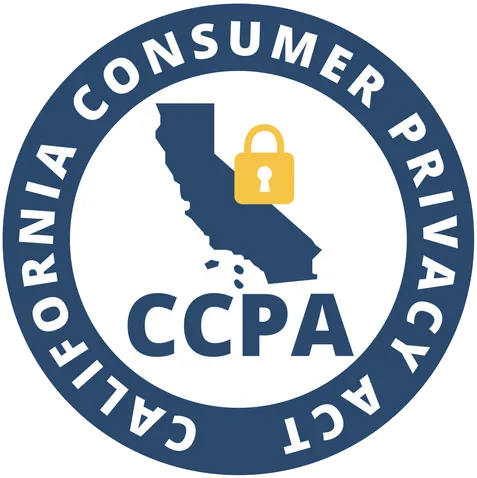Visa Inc., a global leader in digital payments, operates in more than 200 countries and territories, and as of the end of fiscal 2024, it employs about 31,600 people worldwide.[1][2] Central to Visa's success is its rigorous and innovative recruitment process, which is designed to attract top talent aligned with the company’s “One Visa” culture. This process places a strong emphasis on diversity, equity, and inclusion (DEI). This is in line with surveys indicating that about 67% of job seekers, especially Millennials and Gen Z, say workplace diversity is a key factor in choosing an employer.[3] In this article, we explore the key components of the Visa recruitment process, including how it attracts, evaluates, and retains employees with strong analytical skills, leadership potential, and a customer-centric mindset.
Key Strategies of the Visa Recruitment Process
Visa Inc. has a clear strategy for filling executive roles. Alёna Romanenko, Visa’s Global Head of Research, Executive Talent Acquisition, shared that the company created a training program that goes beyond executive hiring, evolving into a broader learning platform called Visa University.
- Using Tools and Technology: Visa knows the recruitment world moves fast, and technology is key. They use tools and platforms like CRM, ATS, and external platforms like LinkedIn Recruiter, and utilizing these tools to develop their pipelines and build candidate engagement.[4]
- Fostering Diversity: Visa ensures that their VP-level and above talent pool includes women and values diverse perspectives. They look for versatility rather than hiring strictly from the payments or financial sectors. Tech and information services professionals are also considered.[4]
- Enhancing the Candidate Experience: By using AI, Visa frees up recruiters’ time so they can build deeper relationships and improve the candidate experience. This also gives space to reflect on important questions like the company’s brand, culture, and values, helping strengthen Visa’s image with both job seekers and customers.[4]
For a deeper dive into how TAs at Visa Inc. work, check out our episode of All-in Recruitment, where we sat down with the Global Head of Research, Executive Talent Acquisition at Visa Inc.
Key Steps and Priorities of the Visa Recruitment Process
To understand what makes Visa’s recruitment process unique, let’s take a look at their career page. When you scroll down, you can see their Employee Value Proposition (EVP) with the purpose of motivating their employees regardless of location. Some of the unique benefits include:
- Hybrid work approach: Visa allows their employees to work from home or the office, with some roles allowing up to four weeks at other locations.[5]
- Upskilling: Through their Visa University, employees can enroll in thousands of courses to enhance their professional development.[5]
- Corporate Social Responsibility (CSR): Employees can leverage paid Volunteering Time Off to do good and give back to their community.[5]
Visa mentioned that they are an Equal Employment Opportunity (EEO) employer, meaning the company will consider qualified candidates regardless of their race, color, religion, sexual orientation, gender identity, disability, or protected veteran status. Visa also considers applicants with criminal histories that are consistent with EEO guidelines and local laws.[5]
Roles and Talent Profiles Visa Recruits For
Visa hires for a variety of roles across account management, administrative, client services and support, cyber security, human resources, information technology, and technology and operations. But let’s take a look at one of the open roles and see what other organizations can learn from it.
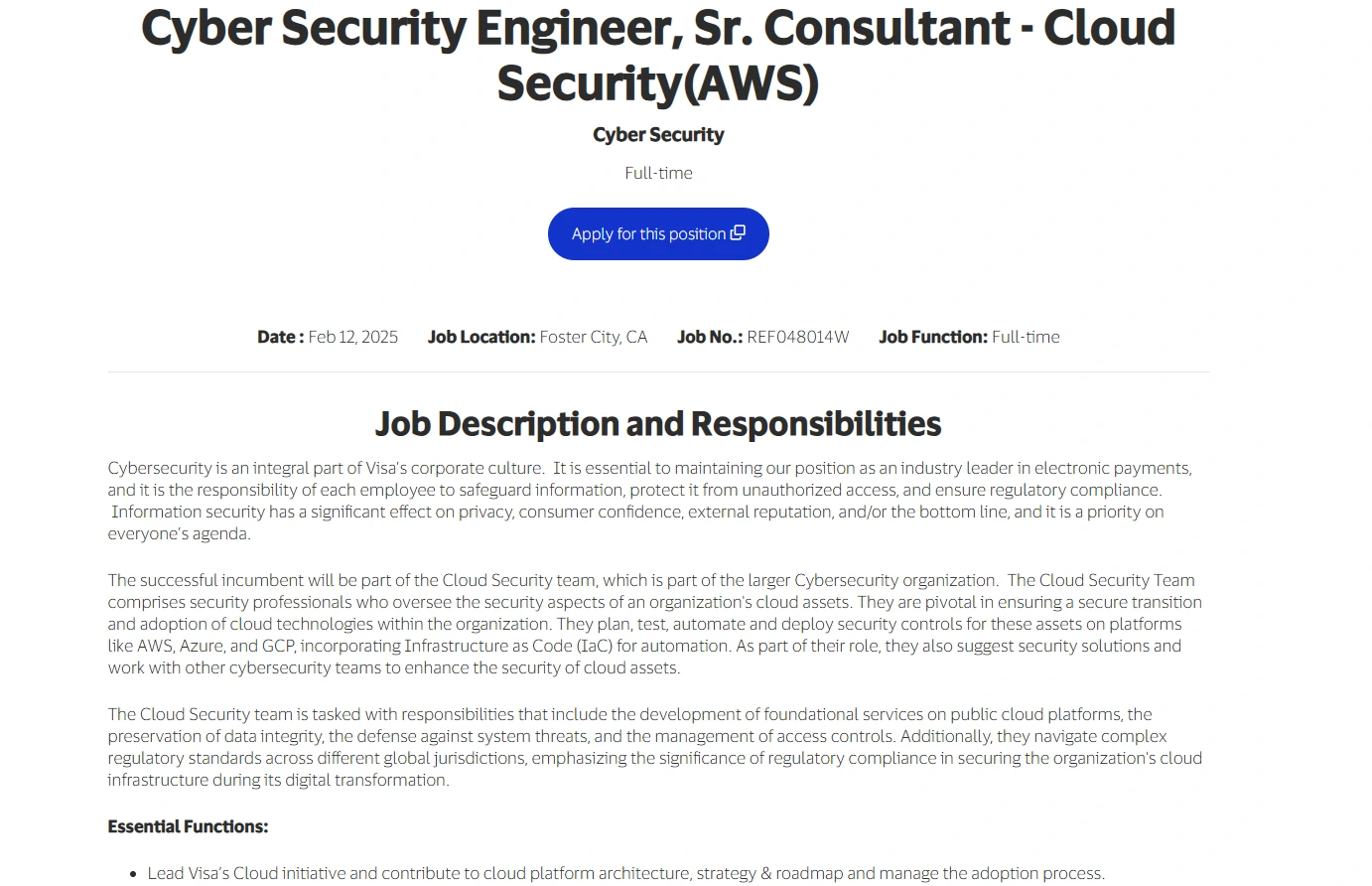
Strengths of the Visa’s Job Description Style
- Clear Organizational Context: It emphasizes cybersecurity’s impact on privacy, consumer trust, and reputation, which grounds the technical work in clear business value.
- Detailed Responsibilities: The day-to-day responsibilities are broken down with enough specificity that an applicant can realistically gauge whether they’re suited to the work.
This isn’t a narrowly siloed technical role. So, the JD highlights:
- Working with product, business, and operational teams,
- Translating business requirements into technical cloud implementations,
- Influencing Visa’s broader cloud strategy.
What Other Companies Can Learn
- Transparency About Work Arrangement and Travel: Stating hybrid expectations (2-3 days/week in office) and low travel (5-10%) is refreshingly direct. Too many companies keep this vague, which leads to mismatches later.
- Show the Breadth of Collaboration: Instead of framing the job as purely technical, Visa demonstrates how this engineer will engage across teams, influence architecture, and help shape the roadmap. This appeals to senior candidates who expect their work to be strategic, not just operational.
- Explicit on Regulatory Expectations: Highlighting NIST, PCI, GDPR, and FFIEC up front sets the right bar for compliance-heavy industries. It signals that security is truly embedded in business operations.
Here are some of the key positions and what kind of process each role entails.
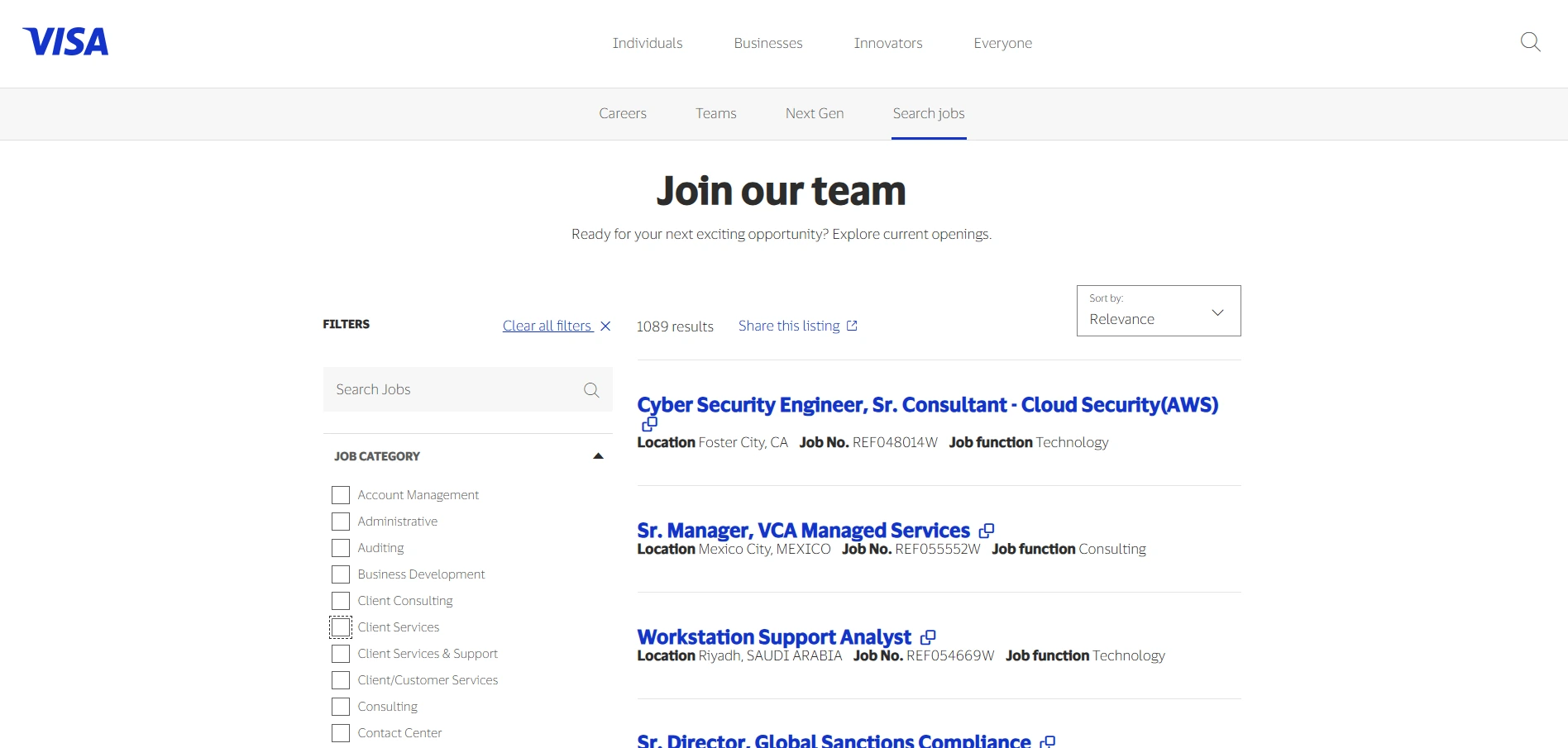
- Technology Roles
Visa is a technology-driven company, so it hires many tech professionals. Key roles include:
- Software Engineers and Developers
- Data Scientists and Engineers
- Cybersecurity Engineers
- Systems Architects and Site Reliability Engineers
Candidates for these roles can expect a rigorous recruitment process with coding assessments, system design interviews, and technical problem-solving tasks. Interviews often involve multiple rounds, where candidates demonstrate their technical expertise and ability to solve real-world challenges under time pressure. Additionally, candidates might be asked to take on coding challenges or complete projects to showcase their skills in specific programming languages or platforms.[6][7]
2. Finance & Risk Roles
As a financial leader, Visa recruits for finance, risk management, and audit functions. Common roles include:
- Financial Analysts
- Accountants
- Risk Managers
- Compliance Specialists
- Internal Auditors
Visa’s finance and risk teams are critical in ensuring transactions are secure and compliant with global regulations. For these roles, the interview process may involve scenario-based questions, where candidates assess complex financial situations and make decisions that align with Visa's risk management framework.[6] Behavioral interviews are also conducted to evaluate a candidate's ability to navigate ethical dilemmas and make data-driven decisions under pressure.[8][9]
3. Product & Innovation Roles
Visa focuses on innovation, hiring for roles such as:
- Product Managers
- Product Analysts
- Project Managers
- Innovation Specialists
- UX/UI Researchers and Designers
For product and innovation roles, candidates are evaluated on their ability to think strategically, understand market trends, and focus on user-centered design. The interview process typically involves case studies or product scenario presentations, where candidates demonstrate how they would approach solving real-world product challenges. Product managers, for example, might be asked to lead a product roadmap discussion or prioritize features based on market needs.[10]
4. Operations and Support Roles
Visa has large teams that manage day-to-day operations, including roles in:
- Human Resources (HR business partners, Talent Acquisition)
- Legal Counsel and Compliance
- Marketing and Communications
- Customer Support and Client Success
Interviews for operations and support roles can vary based on the function. For example, HR candidates often face behavioral questions about conflict resolution and teamwork (key competencies for HR professionals).[11] Likewise, marketing or client success candidates might engage in role-play exercises to demonstrate how they would handle customer issues in real time.
5. Early Career Programs (Internships & Graduate Programs)
Visa places a strong emphasis on entry-level recruiting through internships and rotational programs:
- Internships are offered across divisions, often in the summer, to identify future full-time talent.
- The New Graduate Development Program (NGDP) is a rotational program for recent graduates, where they rotate through four departments over two years.
On Visa’s early career website, they encourage applicants who come from different backgrounds, such as professional athletes, high school graduates, veterans, new college graduates, or career changers, to join programs designed for them. For instance, the Apprenticeship Program allows applicants to gain skills and training while they learn on the job. The program helps them to learn practical skills that will help applicants advance in their careers. Other notable programs that Visa offered are Rotational Programs, Internship Program, and Full-time roles for new grads.[12]
How Visa Manages Recruiting Costs
Visa manages recruiting costs by using efficient strategies to attract top talent while keeping expenses under control. Some of the key strategies include:
1. Technology and Automation
- Visa uses an advanced Applicant Tracking System (ATS) and AI tools to reduce manual tasks, such as automatic resume parsing and AI-driven candidate matching.
- This speeds up the hiring process and reduces costs by saving recruiter time and cutting down on third-party agency fees.
2. Building Internal Talent Pipelines
- Visa invests in building talent from within, using programs like internships, rotations, and employee referrals.
- Hiring internally or through referrals is often more cost-effective than relying on external searches or paid advertisements.
3. Local Hiring
- Visa hires locally when expanding teams in new regions to avoid high relocation costs.
- Tapping into local talent pools helps the company leverage local expertise while reducing recruitment expenses linked to moving candidates overseas.[13]
4. Virtual Interviews: Visa conducts many interviews virtually, especially the initial rounds, to save on travel expenses.
5. Global Recruitment Standardization: By standardizing the recruitment process globally, Visa benefits from economies of scale, reusing successful templates, interview training, and tools across regions.
6. Data-Driven Hiring Metrics
- Visa tracks key hiring metrics like cost-per-hire, time-to-fill, and source-of-hire to streamline processes and adjust strategies.
- By analyzing where expenses are high (e.g., certain job boards or recruitment agencies), Visa can focus resources on the most cost-effective channels.
7. Strong Employer Brand: Visa’s strong reputation naturally attracts candidates, reducing the need for expensive recruitment marketing.
What Can We Learn from Visa’s Hiring Strategy?
Visa’s recruitment process offers valuable lessons for other companies, whether large or small. Here are some key takeaways:
- Global Talent Access with Consistency and Compliance
Here’s how Visa demonstrates the importance of a global recruiting strategy that adapts to local needs
- A consistent hiring framework aligned with core values ensures that all candidates are evaluated against the “One Visa” cultural principles.
- At the same time, the company respects regional laws and cultural nuances.
- This balance helps Visa scale recruitment internationally while maintaining compliance and cultural sensitivity. A consistent global brand with local flexibility is essential for companies expanding worldwide.
2. Lower Attrition through Culture-Fit and Growth Focus
How Visa’s approach to hiring for cultural fit and promoting employee growth can reduce turnover:
- By aligning candidates with Visa’s mission and values, the company attracts those who are more likely to stay long-term.
- Visa invests in internal mobility and continuous learning (e.g., Visa University, leadership programs, mentorship), fostering growth and loyalty.
- High turnover leads to productivity loss and high replacement costs, whereas retaining talent (especially diverse talent) yields better long-term performance. Visa’s focus on cultural fit and career development likely contributes to lower attrition, saving significant turnover costs.[14]
3. Faster Onboarding via Digital Platforms and Structured Orientation
How Visa’s onboarding process helps new hires become productive quickly:
- Digital tools and online portals streamline paperwork and orientation, accommodating global teams.
- Visa University provides training on business and culture from day one, ensuring new employees get up to speed fast.
- By standardizing materials and using interactive e-learning, Visa can onboard new hires efficiently, even in large groups. Other companies can implement similar onboarding programs, including pre-start portals, mentorship, and regular check-ins, to integrate new hires smoothly.
4. Strong Employer Brand
How Visa’s strong employer brand attracts top talent:
- The company’s reputation as a top employer (ranked in Fortune’s “Most Admired Companies” and “Best Companies to Work For”) is built on years of positive employee experiences and a commitment to diversity, innovation, and growth.[15]
- A strong employer brand makes it easier to recruit high-caliber candidates and creates a positive cycle of attracting talent.
These strategies highlight how companies can build a successful, scalable, and cost-effective recruitment process by focusing on values, growth, and employer branding.
Unique Perspective: Technology’s Role in Visa’s Hiring
Visa’s recruitment strategy stands out due to its effective use of technology to boost efficiency. Here’s how technology plays a crucial role:
- Use of Recruitment Software
- Visa uses an advanced Applicant Tracking System (ATS) with customizable workflows.
- The ATS allows Visa to post jobs across multiple platforms with one click, automatically parse incoming resumes, and keep the candidate database organized, saving recruiters time.
2. AI for Screening and Shortlisting
- AI tools help Visa screen and shortlist large volumes of candidates quickly.
- Visa has experimented with AI, like ChatGPT, to summarize interview notes and draft job descriptions, tasks that would otherwise consume significant recruiter time.
3. Automation of Routine Tasks
- Many routine tasks, such as sourcing candidates, scheduling interviews, and sending follow-up emails, can be automated.
- AI-driven CRM systems can rank applicants based on job requirements, flagging top candidates for recruiters to review.
4. Improved Hiring Quality and Customization
- This tech-enabled approach not only saves time but also improves hiring quality by leveraging data insights like predictive analytics to assess candidate success.
- Visa can configure its recruitment workflows to align with the “One Visa” process, ensuring consistency in each candidate’s experience and reducing errors.
Conclusion
Visa’s recruitment process is a prime example of a structured, inclusive, and tech-enabled hiring strategy that consistently attracts top talent aligned with its vision. Key aspects include a structured and data-driven approach with standardized evaluations to reduce bias, an emphasis on diversity and inclusion through proactive outreach and training, and a balance of global consistency with local adaptation to fit market norms. The company also prioritizes a candidate-centric experience by ensuring clear communication, transparency, and respect throughout the process. By leveraging advanced technologies like ATS platforms, AI screening, and virtual interviews, Visa streamlines its hiring process, making it faster and fairer while minimizing friction and bias. This combination of global best practices, innovation, and a focus on candidate experience positions Visa’s recruitment process as a strategic strength that other companies can learn from.
Frequently Asked Questions
Q: What is the biggest challenge in recruiting for a global fintech like Visa?
A: Visa faces challenges in recruiting specialized fintech talent globally due to cultural, linguistic, and legal differences, along with fierce competition for skilled professionals. Coordinating hiring across time zones and complying with various labor laws add to the complexity. To overcome these challenges, Visa employs technology for coordination, has recruiting teams in various regions, and maintains a consistent global employer brand.
Q: How does Visa ensure diversity in hiring?
A: Visa promotes diversity in hiring by employing a dedicated diversity recruiting team, collaborating with organizations that support underrepresented groups, and setting goals for diverse candidate slates in leadership positions. The company also provides unconscious bias training and uses structured interviews to minimize selection bias. Visa's inclusive culture, supported by employee resource groups and inclusive policies, attracts and retains diverse talent. These efforts have earned Visa recognition from external benchmarks, highlighting its commitment to diversity.
Q: What technologies does Visa use for recruitment?
A: Visa enhances its recruitment process by using various advanced technologies, including an Applicant Tracking System (ATS) for managing applications and candidate workflows. AI-based tools help in screening and filtering candidates based on key skills. Recruiters utilize platforms like LinkedIn Recruiter to find global talent. Visa also explores AI tools like ChatGPT for tasks such as summarizing interview notes and drafting job descriptions. The company uses video interviews and online assessment tools for coding challenges, making the recruitment process more data-driven and efficient, facilitating high-volume global hiring.
Q: What interview formats does Visa use?
A: Visa's interview process involves multiple formats to evaluate candidates thoroughly. It begins with a phone or video screening to discuss the candidate's background and interest. Afterward, Visa conducts virtual or in-person interviews that may include technical tests or assessments, especially for technical positions. Interviews are often competency-based, focusing on skills like teamwork and leadership. In some cases, panel interviews with cross-functional representatives or group interviews and presentations may occur. Background and reference checks are part of the comprehensive evaluation process, which is tailored to the specific role.
Q: How long does the hiring process at Visa typically take?
A: The hiring timeline varies by role and location, but generally, Visa’s process takes around 4–6 weeks from application to offer. This includes initial screenings, multiple interview rounds, and thorough background checks, so more specialized roles or senior positions might extend closer to two months.” This directly answers the question and matches known recruitment timelines.
—
Citations




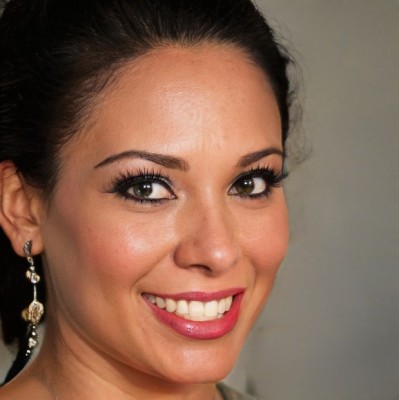
.png)

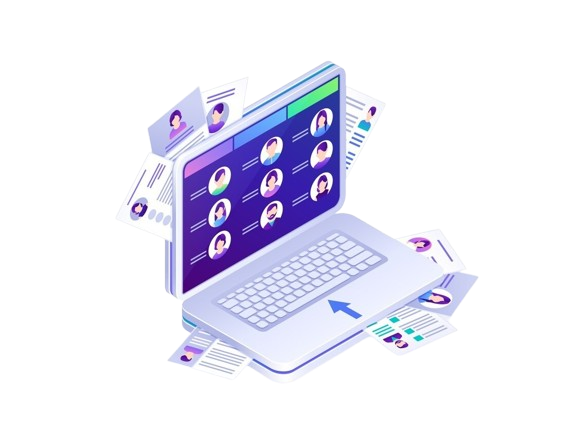









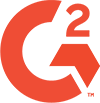


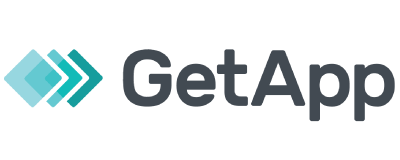







.webp)

.webp)
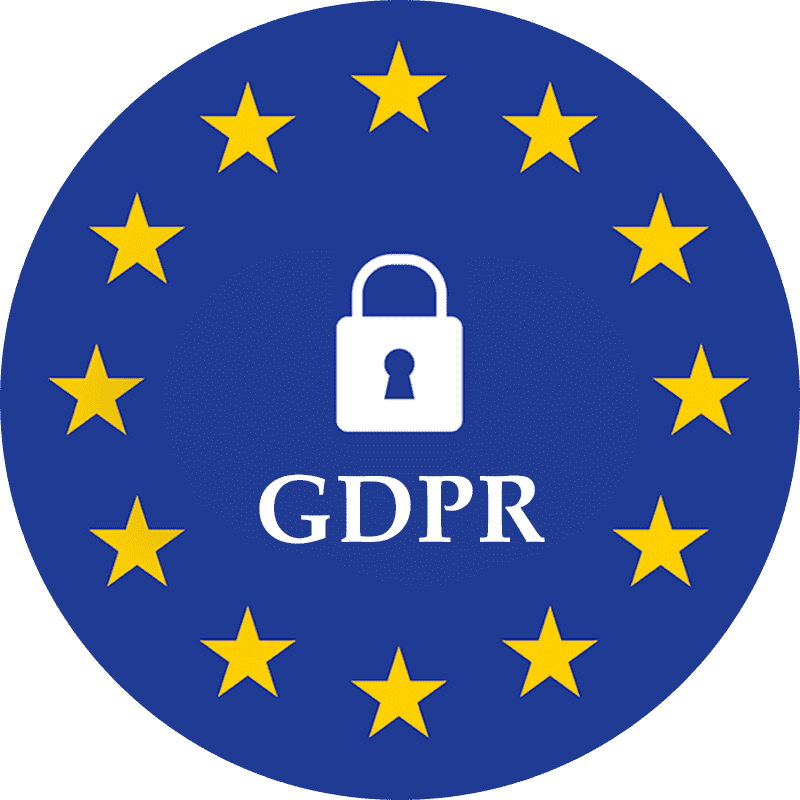
.webp)
